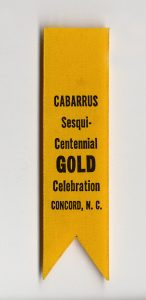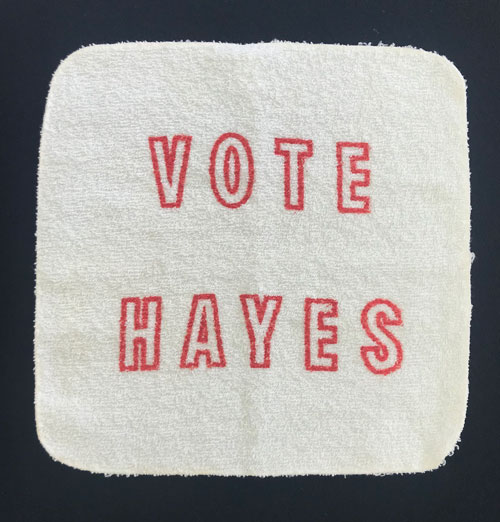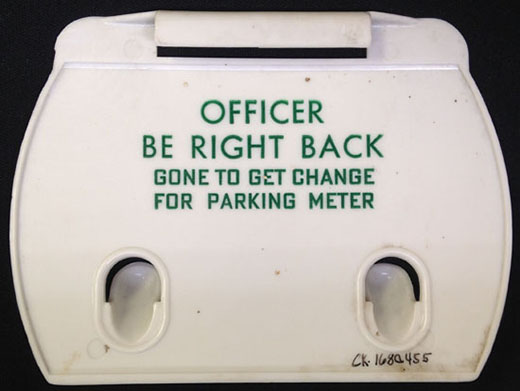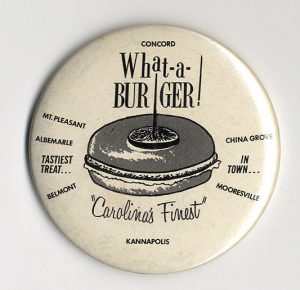
In 1949 the 150th anniversary of Conrad Reed’s discovery of a 17-pound nugget in Little Meadow Creek — which predated the California gold rush by half a century — was celebrated locally with pride and enthusiasm. Events in Concord included an outdoor drama, a beard-growing contest, a Miss Cabarrus Gold pageant, an air show, a midway, a performance by massed choirs and a visit by Gov. Kerr Scott.
In 1977 Reed Gold Mine opened as a state historic site — an idea envisioned and advocated by H. G. Jones during his tenure as state archivist.
By the gold bicentennial in 1999, however, Cabarrus County had more than doubled in size. Age and emigration had diminished the pool of those who claimed deep roots, and newcomers lacked their sense of place. Though spirited, celebration at Reed Gold Mine paled beside the ambitious community undertaking of 1949.
Pictured: From the collection a silk (I think) ribbon from the Sesquicentennial.






